January 3rd, 2020

Salty Sam’s Fun Blog for Children
Number 255
The Royal Parks of London
Hello Everyone
Last week, l was telling you about the history of the Tower of London.
There was one little part of the story that l missed out.
During World War ll the moat of the Tower of London was filled in with earth so that fruit and vegetables could be grown there. During this time it was very dangerous to bring food into the country as the seas were mined and patrolled by submarines trying to sink any ship that was carrying supplies to Britain.
The whole island tried to become as self-sufficient as possible which meant that every scrap of land that could be used to grow food was used.
This was known as the Dig for Victory Campaign.
The parks in London were turned into fields to grow wheat and potatoes. How different they looked from the great stretches of grass that are there today.
Some of the railings from around parks were taken to melt down to make war planes.
These London parks cover quite a large area and now they are open to the public to walk in and have picnics. Hyde Park alone covers over 350 acres.
London parks cover over 5,000 acres and 77 million people visit them every year.
Once, they were the place people could watch military displays and nowadays they can watch rock concerts.
Last week, l was telling you about the zoo animals that were kept in a private royal collection in the Tower of London.
A private menagerie was started in Regents Park in 1826. ln 1847, the zoo was first opened to the public and there people could take camel and elephant rides. Jumbo the elephant was one of the most popular animals in Victorian Times. ln those days people could get up close to some of the animals.
Chi Chi the giant panda and Guy the Gorilla were probably the most famous animals to be kept there in the 20th century.
The Regent’s Park was once part of the Forest of Middlesex. Henry Vlll created a hunting ground called Marylebone Park which covered almost the same area as Regent’s Park does today. Oliver Cromwell sold this hunting area in order to raise money for his army.
ln 1660, Charles ll was restored to the throne and the park was returned to the monarchy. After that the area was used for dairy farming.
Although there were plans to build a royal summer pavilion on this land at one time they didn’t come to anything and by the middle of the 1800s the great expansion of building in London prompted Parliament to decide that the population needed access to open spaces for healthy recreation and the area went back to being parkland with public access.
lt was used by thousands of people all year round.
Sadly, over forty people lost their lives in the bitterly cold January of 1867 when the ice they were skating on, on the main lake in the park, broke and they fell into the freezing water.
Hyde Park was another area acquired by Henry Vlll as a hunting ground.
Then Charles l allowed public access to the park in 1637.
ln 1665, many residents of London went to camp in the park in the hope of escaping the Black Death that was ravaging the city.
Towards the end of the 1600s, William lll moved into Kensington Palace which lies to the west end of the park. He found that the walk through to St James’s was dangerous so he arranged for 300 oil lamps to be installed creating the first highway in the country to be lit up at night.
This route is now known as Rotten Row.
This might seem like a strange name but it comes from the French for King’s Road – Route de Roi. Nowadays, it is a place where people like to go horse riding.
The famous lake in Hyde Park, called The Serpentine, was created in 1730 by Queen Caroline who was the wife of George ll. The Lido which is the place where people can go swimming in the lake was set up in 1930.
Hyde Park is a venue for national celebrations. ln 1814, the Prince Regent organized a fireworks display to celebrate the end of the Napoleonic Wars, in 1851, the Great Exhibition was held there, in 1977, the Silver Jubilee Exhibition was held there to mark the 25th year of Elizabeth ll’s reign. There were Olympic events staged there in 2012 and open air pop concerts have been held there in recent years.
ln 1872, Speakers’ Corner was set up. Here people can speak publically, allowing them to air their views on any subject. They are not, however, allowed to criticise the Royal Family.
St James’s Park is the oldest Royal Park and is surrounded on three sides by palaces. The oldest is the Palace of Westminster where Parliament is now housed.
Buckingham Palace is at the top of the Mall – the road which runs by the side of the park, and St James’s Palace is on a third side. This palace is the Senior Palace of the Sovereign and it is not open to the public.
St James’s Park was once marshy water meadow grazed on by pigs. ln the 1200s, a leper hospital was founded for women, and this hospital gave its name to the area.
ln 1532, Henry Vlll purchased the area in 1532 to make another deer park – yes, he really did like hunting, didn’t he!
Later, in 1603, James l drained the area to make it less marshy. He also planted Black Mulberry trees because he wanted to start a British silk industry. The leaves were to be used to feed the silk worms. His plans didn’t really work out – he planted the wrong kind of trees.
Charles ll redesigned the park and opened it to the public – he actually came out to feed the ducks and mingle with his subjects. Duck lsland was created in 1665.
John Nash, the famous architect (1752-1835) redesigned the park making a natural-looking lake as a central feature at the request of the Prince Regent, later George lV. ln 1837, the Ornithological Society presented some birds to the park.
There were many exotic species there including pelicans.
ln 1857, a suspension bridge was built across the lake but this was replaced in 1967.
ln contrast, Green Park to the north of Buckingham Palace seems very plain.
There are trees and there is grass but no water or flower beds. lt completes the chain of parks that run from Westminster to Kensington. lt is said that Charles ll wanted to walk from Hyde Park to St James’s without leaving royal ground.
He built one of the first ice houses in Britain in Green Park so that the guests he entertained there could have ice in their drinks at summer parties. He went for a daily walk or ‘constitutional’ there too, which is how Constitution Hill got its name.
Legend has it that Charles ll had picked some flowers in the park to give to a woman other than his wife. When the queen found out, she was so enraged that she ordered all the flower beds to be ripped up so that it would never happen again.
Others say the area is a plague burial ground and that is why no digging and planting takes place!
lf you ever visit London, the chances are that you will have your lunch or an ice cream in one of the parks, just like Bill, Bob and l did on our recent trip away – so now you will know something about their history, won’t you?
Let me take you on a grand summer tour in the Picture Gallery this week.
Bye bye everyone – don’t forget to subscribe to my blog!
lf you like my blog, please support it by telling all your friends and followers about it.
Thank you!
And see you again next Fun Friday!
Love and kisses
Salty Sam
www.christina-sinclair.com
Bill and Bob’s Joke of the Week

Bill: What kind of cup can’t hold water?
Bob: l don’t know. What kind of cup can’t hold water?
Bill: A cupcake!
Salty Sam © Christina Sinclair 2015
Unauthorized use and/or duplication of material from this blog without express and written permission from this blog’s author and owner is strictly prohibited.
Links may be used to www.christina-sinclair.com
Picture Gallery
Greenwich Park
(Gudoguk)
Regent’s Park
Regent’s Park
The gates to Hyde Park from Park Lane
The lion of England and the unicorn of Scotland
The modern artwork on the gates
There are wide roadways for people to cycle and rollerblade on
A band stand in Hyde Park
Ice cream for sale
A popular tree for children to play in in Hyde Park
The Serpentine with boats for hire
The Serpentine was created for Queen Caroline
The Island in the Serpentine
Where birds build their nests
A boathouse overlooking the Serpentine
There are two restaurants by the water
People can swim in the lido
There are old gas lamps along side the lake
A big money box for birds
The reed beds by the lake
The wildlife in the park is very tame because it is used to being near people –
moorhens are usually very shy
Pochards
Swans
Rotten Row – with a sandy surface that is used for riding horses on
Rotten Row running from Kensington Palace to Whitehall
The Serpentine Bridge dividing the Serpentine from the Long Water
The Long Water
Folly in Kensington Gardens
The statue of Peter Pan in Kensington Gardens
Kensington Gardens
The fountains in the Italian Garden in Kensington Gardens
Classical statues and fountains are often put together
Kensington Gardens in Hyde Park
The gates to Green Park
Green Park has the Hardrock Café on one side
And Buckingham Palace on the other
Building an ice house at Kew
The Ice House in Kew Gardens
Inside the Ice House in Kew Gardens
The lake and duck island in St James’ Park
There are many exotic birds in the park
It is best to feed them with bird seed or duck pellets – not white bread
(Red-breasted goose)
You can check out the wildlife on big picture boards
The bridge across the lake and The London Eye in the distance
A swamp cypress
In case you get lost
The government buildings of Whitehall lie at the end of the park
Reedbeds stabilize riverbanks and harbour a rich variety of wildlife.
A heron by the lake
St James’ Park is so warm there are fig trees by the water
and exotic planting in the flower beds
A colourful bed
Pineapple plants in the middle of London
Duck Island cottage with its vegetable garden was built in 1841
as the home of the bird keeper in the park
It also had a club room for the Ornithological Society of London,
which once helped to look after the park’s ducks and geese
and was at one time used to store bicycles that had been confiscated in the park
Duck Island Cottage has an enormous insect hotel in the garden
Is this a bent tree or a climbing frame for children? 
Whitehall at the end of St James’ Park
 THE SALTY SAM NEWS DESK
THE SALTY SAM NEWS DESK
London is a very big place – very different from Rocky Bay.
Almost everyone walks around the streets looking at their phone rather than at each other.
It is much busier and noisier and you notice that there always seems to be sirens somewhere around you.
Bill and Bob commented on how sirens always seem to sound different when they are coming towards you from when they are going away from you – they sound lower, and I said that this was because they were different.
The scientific name for this is the Doppler effect.
Sound waves travel at a different frequency in front of a moving police car or ambulance from those behind it. So when they reach your ear they sound different.
So that answers that question!
*********************
TO ADVERTISE ON THIS BLOG
PLEASE CONTACT:
christina.sinclair.ads@aol.co.uk
*********************
Quick Quiz
Unmuddle these letters to find zoo animals…
1. hlaneept
2. droocicle
3. rigefaf
4. hazcnipeem
5. retatane
6. ralop raeb
7. hacthee
lt’s the Weekend!

HOW TO MAKE AN ACORN MAN lN HlS LEAF BED
This cute little acorn man can lie down in his bed or sit up with the top of the leaf acting as a bed head.


ACORN MAN BODY (KNIT ONE)
Using 4mm knitting needles and green dk yarn cast on 12 stitches
Knit 6 rows of stocking stitch
Knit 2 rows of garter stitch
Change to light brown yarn
Knit 6 rows of stocking stitch
Don’t cast off – leave a length of yarn for sewing up and thread this through the stitches on your needle
ACORN MAN ARMS (KNIT TWO)
Using 4mm knitting needles and green dk yarn cast on 6 stitches
Knit 2 rows of stocking stitch
Change to brown or white yarn
Knit 2 rows of stocking stitch
Don’t cast off – leave a length of yarn for sewing up and thread this through the stitches on your needle
ACORN MAN LEGS (KNIT TWO)
Using 4mm knitting needles and green dk yarn cast on 6 stitches
Knit 8 rows of stocking stitch
Don’t cast off – leave a length of yarn for sewing up and thread this through the stitches on your needle
ACORN MAN HAT (KNIT ONE)
Using 4mm knitting needles and dark brown dk yarn cast on 12 stitches
Knit 2 rows of garter stitch
Decrease 1 stitch at the beginning of the next 4 rows of stocking stitch
Don’t cast off – leave a length of yarn for sewing up and thread this through the stitches on your needle


TO MAKE UP
- Pull in the top of the head
- Sew up back seam of body using the appropriate colours and over-sew stitching with wrong sides together and leave a length of brown yarn on the outside at the back of the neck
- Pull ends of hands together
- Sew the underarm seams right sides together using over-sew stitching and the appropriate colour yarn
- Turn the arms the right way out and stuff with the ends of yarn leaving one length of green yarn on the outside to use to attach the arms to the body
- Place body seam at the centre back and sew on arms by laying them on the chest and sewing them on along the top edge of the arm and the side of the body
- Stuff the head and body
- Tie the brown yarn left at the nape of the neck around the neck a couple of times – pull tight and secure
- Sew across the bottom of the body with wrong sides together using over-sew stitching
- Pull the ends of the feet together and sew the inside leg seams with right sides together
- Turn right sides out, stuff and wrap some yarn tightly around the ankles to make feet
- Check the two feet match and secure the yarn
- Sew the legs to the body in the same way you attached the arms
- Pull in the top of the hat and sew up the back seam with right sides together then turn the right way out – leave a length of yarn sticking out of the top of the hat to make a stalk
- Sew a face onto the front of the head (making sure it shows under the hat) by going in through the head with your yarn needle from the nape of the neck

LEAF BED (KNIT ONE)
Using 4mm knitting needles and white dk yarn cast on 15 stitches
Knit 2 rows of garter stitch
Change to green yarn
Knit 2 rows of garter stitch
Knit 20 rows of stocking stitch
Knit 50 rows of garter stitch
Continue knitting in garter stitch decreasing 1 stitch at the beginning of the next 2 rows
Knit 2 rows of garter stitch
Repeat the last 4 pattern rows until 1 stitch is left and then cast off
PILLOW (KNIT ONE)
Using 4mm knitting needles and white dk yarn cast on 10 stitches
Knit 24 rows of garter stitch
Cast off
TO MAKE UP
Sew the top of the bed to the back with right sides together using over-sew stitch
Turn the bed the right way out
Sew up the sides of the pillow right sides together using over-sew stitch
Turn right sides out and sew across the base
Anchor stitch the two top corners to the base of the leaf

Please note that the material on this blog is for personal use and for use in classrooms only.
It is a copyright infringement and, therefore, illegal under international law to sell items made with these patterns.
Use of the toys and projects is at your own risk.
©Christina Sinclair Designs 2015
Quick Quiz Answers
1. Elephant – hlaneept
2. Crocodile – droocicle
3. Giraffe – rigefaf
4. Chimpanzee – hazcnipeem
5. Anteater – retatane
6. Polar bear – ralop raeb
7. Cheetah – hacthee
An anteater







































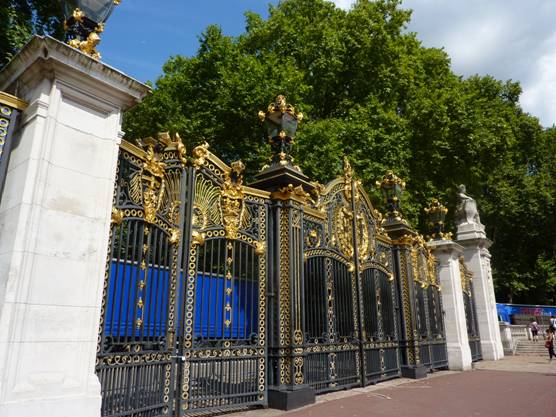









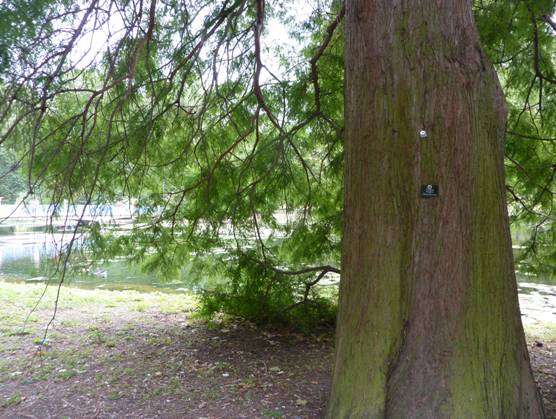

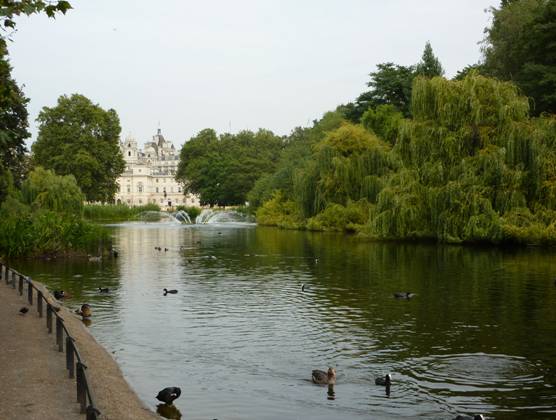



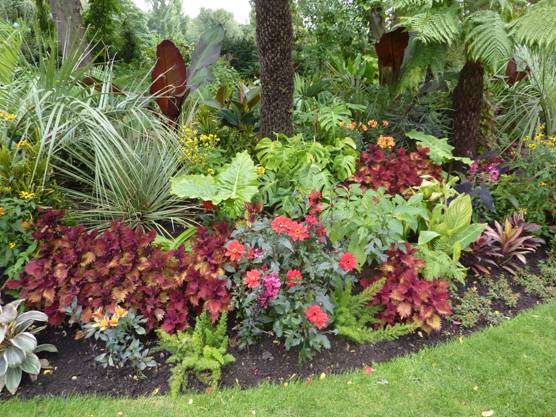


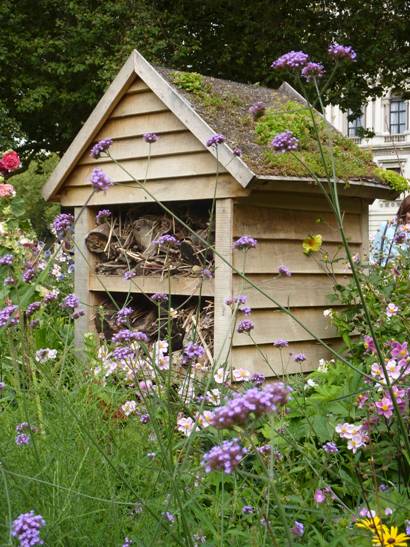
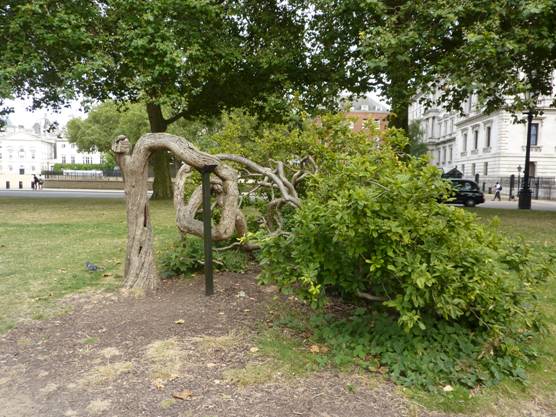
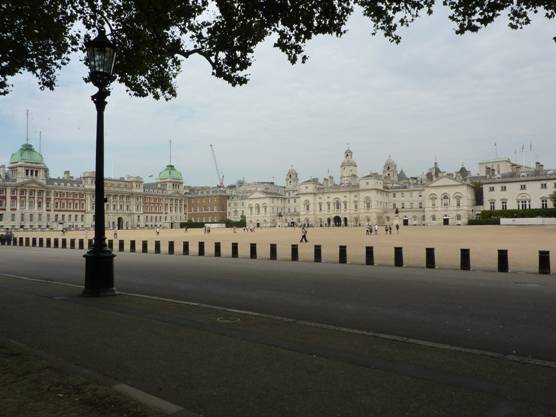


 THE SALTY SAM NEWS DESK
THE SALTY SAM NEWS DESK























